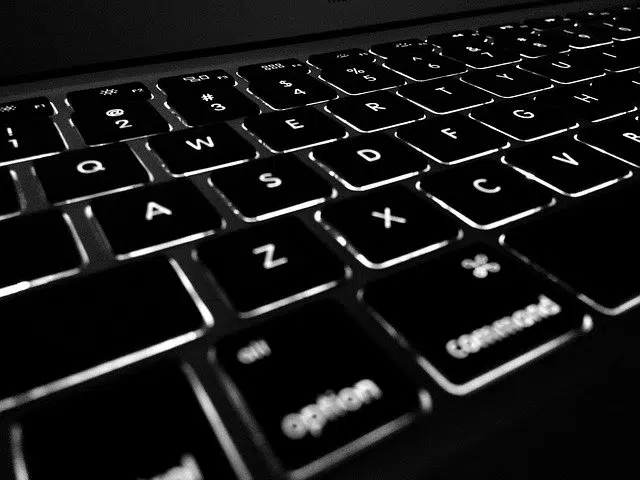
The QWERTY layout emerged in the second half of the 19th century.
The most common layout of keys on a keyboard is called QWERTY . The term arises from the order of the first six letters, from left to right, in the top row .
Writing with both hands
On a QWERTY keyboard , therefore, the initial letter of the first row is Q. Then the W appears, followed by the E , the R , the T and the Y , in that sequence. This configuration was established to facilitate writing using both hands, something that not many people take advantage of today.
Although the QWERTY keyboard is associated with computers , the design emerged in the second half of the 19th century . It was an invention of the American Christopher Sholes (1819-1890), creator of the first typewriter to be commercialized.
Sholes not only took comfort into account when typing. By moving the most frequently used letters away from the center area of the keyboard, the QWERTY layout helped prevent machine jams or lockups.
QWERTY in the world
With the advent of computers, the QWERTY keyboard moved from typewriters to new devices. Although there are other types of keyboards, the QWERTY continues to be the most used worldwide, beyond the changes and adaptations that are established according to the languages .
For Germans and Austrians, for example, the keyboard that follows the QWERTY bases is called QWERTZ , precisely because instead of the "Y" it has the "Z", and vice versa. Let us remember that in our language, as well as in many others, the "Z" is found in the first position of the lower line of the left hand; That is, we must use it with the little finger. If we were trying to use a German or Austrian keyboard, we would have to make the mental effort to remember every time we needed to write this letter that is in the first row and that requires an action from our right index finger.
Another version of the QWERTY keyboard that also received its own name is the one used in Belgium and France, the so-called AZERTY . In addition to the obvious change in position of the "Q" and the "W", which were exchanged for the "A" and the "Z", respectively, the "M" is in the place of the "Ñ", a letter that French does not use. In this way, if our third row on the right hand is already short (because it only has the "M" and the "N"), in these countries it became a single-letter line.

The keyboards that Spanish speakers use are QWERTY type.
Returning to the "Ñ", it is included in the Latin American and Spanish versions as the first of the second row on the right hand. The Portuguese layout, on the other hand, also has the "Ç", which is located next to the "enter" key to the left; In the Valencian and Catalan languages this letter is also necessary. The Japanese keyboard may seem the same as ours at first glance, since it respects the location of those that give QWERTY its name, but we soon notice that both the letter keys and the number keys and other symbols have Japanese characters next to them. they.
Spelling rules
It is important to mention that, according to the Urgent Spanish Foundation ( Fundéu BBVA ), QWERTY must be written in all capital letters since its formation is similar to the creation of an acronym . In any case, lexicalization is not rejected: in that case, the organization suggests appealing to italics ( qwerty ). On the other hand, Fundéu BBVA maintains that it is not appropriate to write Qwerty (with an initial capital letter) because it is not a proper name nor is it a brand.
